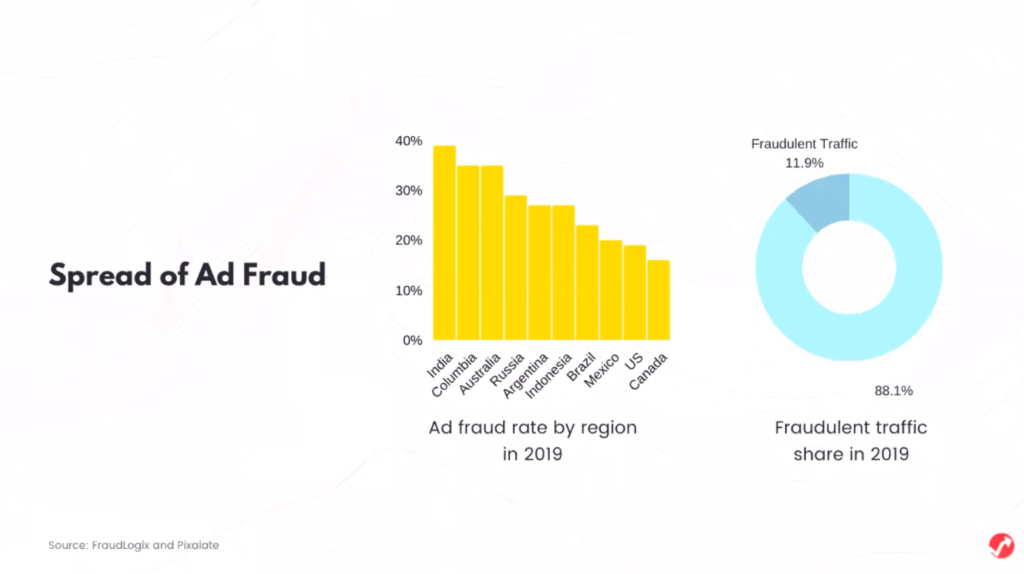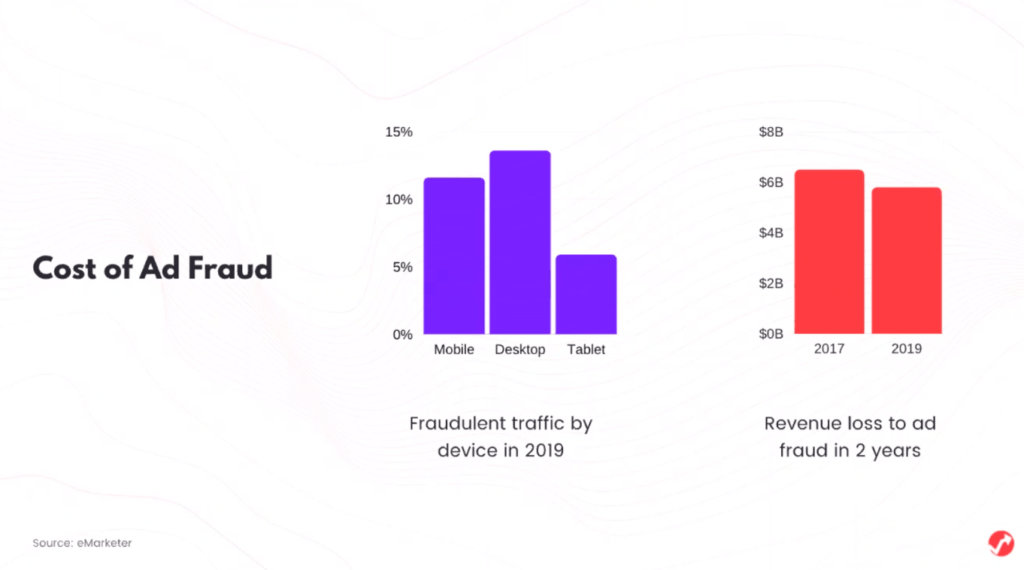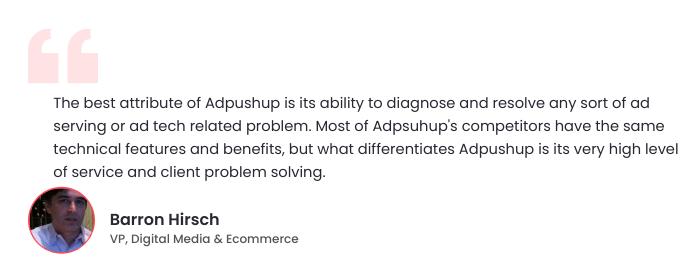Ad fraud is a persistent problem faced by all publishers. The ad tech industry is in fact estimated to lose $50 billion dollars to ad fraud by 2025. Therefore, publishers must continue to fight it, especially in programmatic advertising which is more prone to it.
Programmatic advertising has automated the inventory trading process, thereby eliminating human intervention. While this helps publishers conserve time for other important activities, fraudsters have learnt to manipulate loopholes.
To discuss dealing with ad fraud in programmatic, we conducted a webinar with Tommy S. from AdPushup’s team. Tommy is a part of our Publisher Development team with around 8+ years of experience in the ad tech industry.
In the recent past, ad fraud has become rather sophisticated. Bad actors have found several ways to compromise impressions, causing revenue loss to both publishers and advertisers. Though advertisers bear the brunt of such activities, losses incurred by publishers are equally worrisome.
Also Read: 5 Types of Ad Fraud (and How They Affect Publishers)
In the webinar, Tommy spent time in explaining to our listeners what the state of programmatic fraud is, what is the loss incurred due to it, how it impacts ad revenue, and how to mitigate it effectively.
Important Insights from the Webinar
- 25% of the participants care about ad fraud on their websites
- 33% of the participants never bothered about ad fraud on their websites
- However, 42% of the participants agreed that they’ll start taking ad fraud seriously after watching our webinar
State of Programmatic Fraud and Its Cost
Through Tommy’s factual insights, we learnt that the Asia Pacific region holds a major share in causing online ad fraud. In fact, India has consistently been analyzed as the top contributor to ad fraud.

Also, device type plays a key role in perpetuating ad fraud. Fraudulent activities online were earlier limited to desktop. However, mobile devices are equally at risk. This will continue to be the case as a majority of people shift to using mobiles for easy access to the internet.
The good news is that ad fraud is considerably reducing with every passing day. Tommy believes that the industry has embraced awareness with respect to ad fraud which has resulted in its reduction. Publishers now allot dedicated hours to fighting ad fraud in order to make the most out of their inventory.

Types of Threats to Ad Revenue
So how is ad fraud carried out and what are the ways in which it threatens ad revenue?
There are several methods of committing ad fraud. According to Tommy, common fraudulent activities include bot traffic and domain spoofing. To put it simply, bot traffic is a method for using bots pretending to be actual humans, thus registering fake impressions. Domain spoofing, on the other hand, is a practice in which fraudsters fake website names in order to appear legitimate.
One of the most prevalent ways is when a bad actor automates bots to visit premium websites which then amounts to invalid traffic. Some of these bots carry out tasks such as ad clicking, malware-causing activities, etc. Several ad impressions are lost to bot traffic, causing loss to both advertisers and publishers.
Other kinds of threats to ad revenue include pixel stuffing, ad stacking, location fraud, and cookie stuffing. Tommy also spent a considerable amount of time explaining about mobile ad fraud which includes malicious apps, hidden ads, app installations, and cloud hosting.

How to Mitigate Ad Fraud
In this section, Tommy explained about the various ways in which publishers can mitigate ad fraud. Though the overall session was quite exhaustive, here are the key takeaways from the session:
- Declaring Ads.txt: Ads.txt is a standard proposed by the IAB meant to fight domain spoofing which is a widely adopted programmatic ad fraud practice. Publishers should declare (direct and indirect) sellers of their inventory on ads.txt to make sure buyers identify it as a legitimate inventory when purchasing it from a reseller.
- Deploying the Right Technology: In order to keep ad fraud at bay, publishers should invest in technologies that make this work easier. For example, since bot traffic is one of the most notorious methods of carrying out ad fraud, publishers must use detection tools that identify suspicious domains, IP addresses, and cookie IDs.
Tommy also shared an intensive to-do list with some very interesting pointers for publishers to start eliminating ad fraud on their inventory. But we’ll reserve that for the video recording.
You can watch the recording of the webinar here: Fighting Fraud in Programmatic Webinar

Shubham is a digital marketer with rich experience working in the advertisement technology industry. He has vast experience in the programmatic industry, driving business strategy and scaling functions including but not limited to growth and marketing, Operations, process optimization, and Sales.







